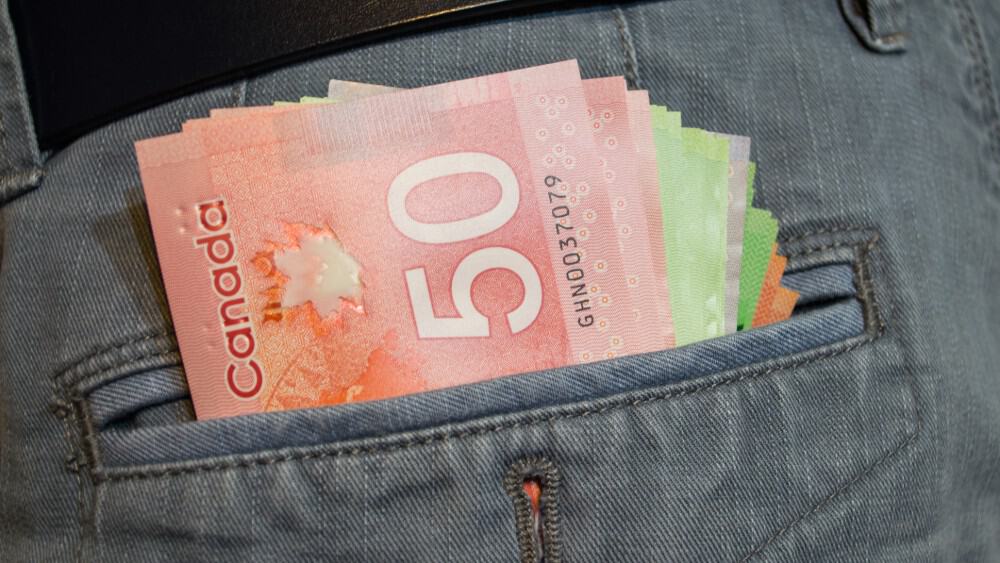Usually, Canadians get ready to file their taxes in April. After the coming of a new year, the government gives its citizens a few months to prepare their documents for the prior year. This year, because of COVID-19, the government has granted a tax filing extension. The filing deadline has been extended to June 1. If you were worried about being unable to file your taxes in time, you’re in luck, since you now have two extra months to do so.
Nevertheless, it’s still a good time to start thinking about how to save money come tax time. As you’re about to see, there are many ways to save money when you file your taxes. If you take advantage of the deductions and credits available to you, you might get a tax refund thousands of dollars higher than you were expecting. So with out further ado, here are three ways to save money on your CRA taxes in 2020.
Claim all the deductions you’re entitled to
The most obvious way to save money when you file taxes is to claim deductions. Every deduction you claim reduces your taxable income by the same amount. There are many expenses that can be deducted – particularly if you’re self-employed.
By far the most common deduction is RRSP contributions. If you deposit $5,000 into an RRSP, you’ll get $5,000 knocked off your taxable income. Depending on your marginal tax rate, that could save you thousands of dollars. And, if you buy an investment in your RRSP, you’ll be able to defer the capital gains and dividend taxes – a double whammy of tax savings.
Keep the receipts on everything you can buy
One corollary of claiming deductions is keeping track of receipts on everything you buy. RRSP information is automatically sent from your bank to the CRA, so you don’t need to specifically report that. However, if you purchase a deductible service – like child care – you’ll need to report that to the CRA yourself. So, make sure you keep all the receipts. It can make an enormous difference come tax time.
Make sure to report capital losses as well as gains
A final way to save money on your taxes is to report any capital losses on your investments. 50% of your investment gains are taxable, but the taxes can be offset by capital losses.
To illustrate this, let’s consider an investor who bought a $50,000 position in the iShares S&P/TSX 60 Index Fund (TSX:XIU). If that investor realized a 10% gain ($5,000), they’d have to pay taxes on $2,500 of it. The tax rate applied to the gain would depend on the investor’s marginal tax rate.
On the other hand, if this investor realized a 10% loss, they could use that loss to offset their gains from past years, and get back some of the taxes they paid. The CRA lets you use capital losses to offset up to three years of gains.
That could be extremely beneficial to investors in 2020’s bear market. If you look at XIU, it had a gain in 2017, a loss in 2018, and another gain in 2019. So, the loss in 2018 could have been used to offset the capital gains taxes from 2017. The likely 2020 losses could offset the taxes from 2019 and potentially some remaining taxes from 2017. In the long run, it could add up to a considerable amount of tax savings.









